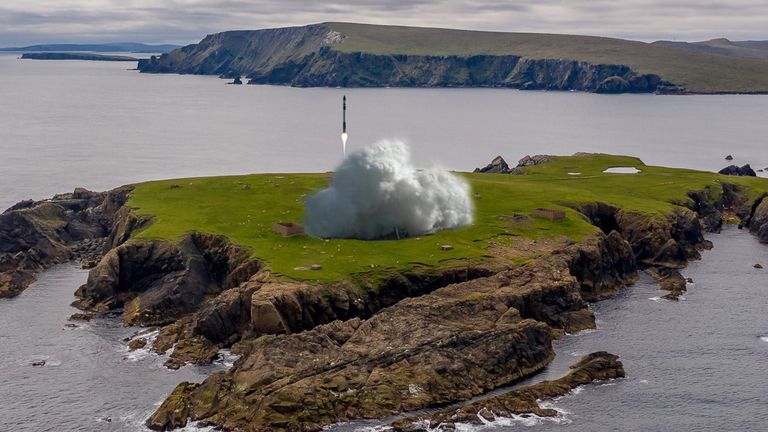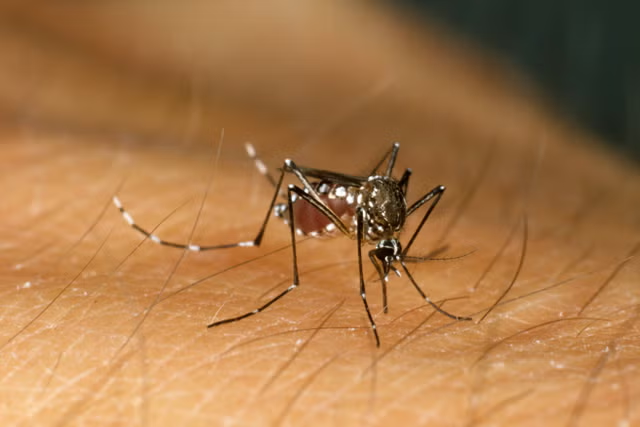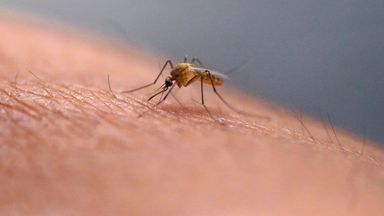An invasion of tropical diseases could be on the cards for North America and much of Europe as disease-carrying mosquitoes expand their range towards the poles.
Mosquitoes are known to be the world's deadliest animals, responsible for nearly a million deaths every single year, according to the U.S. Centers for Disease Control and Prevention. The majority of these deaths are caused by malaria, which is transmitted by female Anopheles mosquitoes. Other mosquito-borne diseases include dengue, yellow fever, and zika.
Today, these diseases are mostly isolated to tropical regions. However, experts have warned that, as global temperatures continue to rise, these mosquitoes will likely expand their range into cooler northern latitudes.
"Global warming due to climate change means that the disease vectors that carry and spread malaria and dengue can find a home in more regions, with outbreaks occurring in areas where people are likely to be immunologically naive and public health systems unprepared," Rachel Lowe, a professor at the Catalan Institution for Research and Advanced Studies and a leader at the Barcelona Supercomputing Center's Global Health Resilience group, said in a statement.
"The stark reality is that longer hot seasons will enlarge the seasonal window for the spread of mosquito-borne diseases and favor increasingly frequent outbreaks that are increasingly complex to deal with."
Rising temperatures are not the only cause for concern: new research from Lowe's lab has shown that drought conditions followed by warmer weather and excessive rainfall increases the risk of dengue outbreaks.
"Droughts and floods linked to climate change can lead to greater transmission of the virus, with stored water providing additional mosquito breeding sites," Lowe said.
According to a study by Lowe and colleagues published in 2021, as many as 4.7 billion additional people could be at risk of malaria and dengue by 2070 if we continue on current climate change trajectories, compared to 1970 to 1999.
Even if global climate change goals are met, it is vital that we prepare for the potential expansion of these diseases. "We must anticipate outbreaks and move to intervene early to prevent diseases from happening in the first place," Lowe said.
"Efforts need to focus on enhancing surveillance with early warning and response systems similar to those seen in other parts of the world, to more effectively target finite resources to the most at-risk areas to control and prevent disease outbreaks and save lives."
By combining insect surveillance with climate forecasts, we can more accurately predict these outbreaks and direct resources to the areas that are the most at risk. "By analyzing weather patterns, finding mosquito breeding sites with drones, and gathering information from local communities and health officials, we are hoping to give communities time to prepare and protect themselves," Lowe said.
"But ultimately, the most effective way to reduce the risk of these diseases spreading to new areas will be to dramatically curb emissions."
Is there a health problem that's worrying you? Let us know via health@newsweek.com. We can ask experts for advice, and your story could be featured in Newsweek.
Disclaimer: The copyright of this article belongs to the original author. Reposting this article is solely for the purpose of information dissemination and does not constitute any investment advice. If there is any infringement, please contact us immediately. We will make corrections or deletions as necessary. Thank you.



